Peter's Works
Copies of scripts are available for $25USD each. Some are available in PDF form; some are only in hard copy. Performance rights may be negotiated directly with me as well. For either scripts or rights, please contact me.

Fairy Blood
A one-act monologue in which a neurotic accounts the struggle of his coming out. Imagining himself to be interrogated by a silent cardboard cut-out of a police officer, the central character confesses all his most humiliating secrets.
"Peter Eliot Weiss's gripping Fairyblood, a monologue by a 4-year-old virgin who has 'performance anxiety when he masturbates,' is a tragicomic tour de force."
- Tom Kertes, The Village Voice
FairyBlood was first produced by Buddies in Bad Times Theatre, Toronto. It was directed by the author. Cop design and construction was by Neil Fleming.
The play is a monologue performed by one male. There is no set.
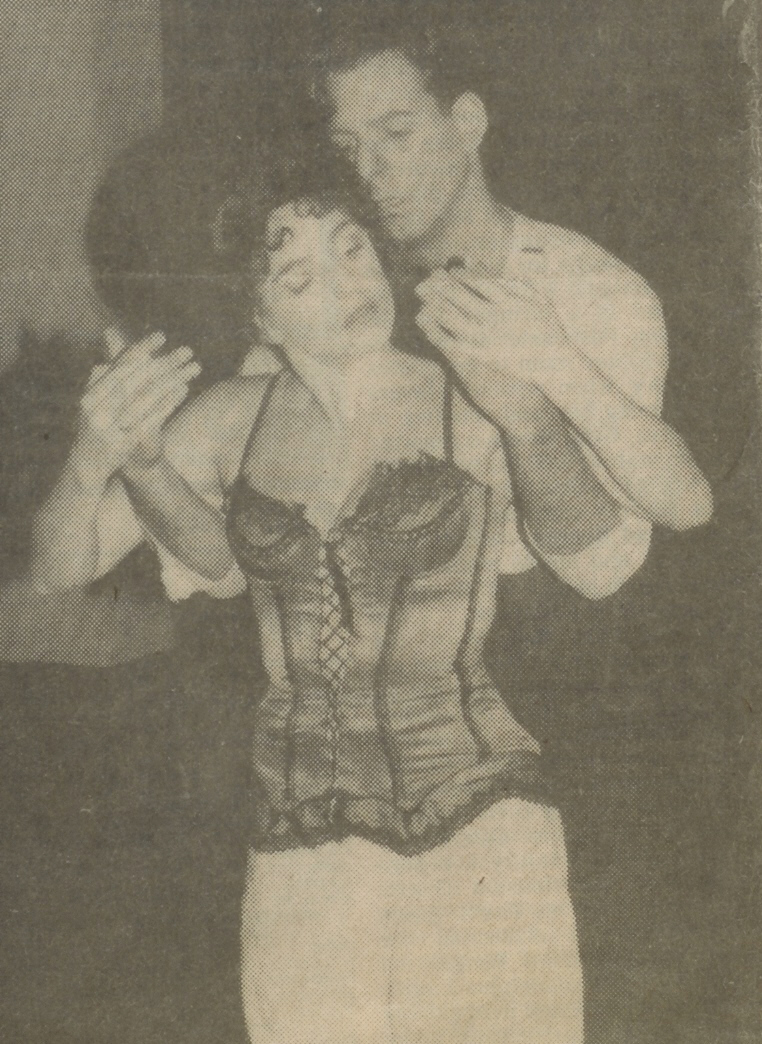
Going Down for the Count
A fantasy on the theme of Dracula dealing with the themes of gender sexuality and society.
"...Going Down For The Count is so entertaining..."
- Kevin C. Griffin, The West Ender
Going Down For The Count was first produced by Touchstone Theatre. It opened at the Firehall Theatre, 280 East Cordova Street, Vancouver, on November 16, 1985. It was directed by Roy Surette, with a set design by Pearl Belleson. The lighting design, which won a Jessie Richardson Award, was by Gerald King. Choreography was by Barbara Bourget and soundscape was by John Sereda.
The cast comprises:
3 male roles
3 female roles
The script was published by Borealis Press in 1999. It is in their New Canadian Drama series, in the volume entitled West Coast Comedies. The anthology was edited by Alan Filewod.
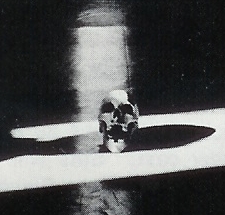
Haunted House Hamlet
Photo by Lynn Vardeman
"Would you commit murder if your father's ghost told you to?" When a street kid breaks into an abandoned building, he discovers a group of ghost actors doomed to perform Hamlet until the end of time.
"A comical-historical-political-theatrical tour de force."
- Max Wyman, Vancouver Province
The Haunted House Hamlet was commissioned and produced by Tamahnous Theatre, Vancouver. It opened at Tamahnous House on August 1, 1986. The production was directed by Kathleen Weiss with a set design by Ken MacDonald. Original music and sound were by Jeff Corness.
The cast comprises:
6 male roles
4 female roles (Polonius is performed by a woman)
The play may be performed by 5 men and 4 women.
The play requires multiple locations within a building; both cast and audience move throughout the venue, throughout the play.
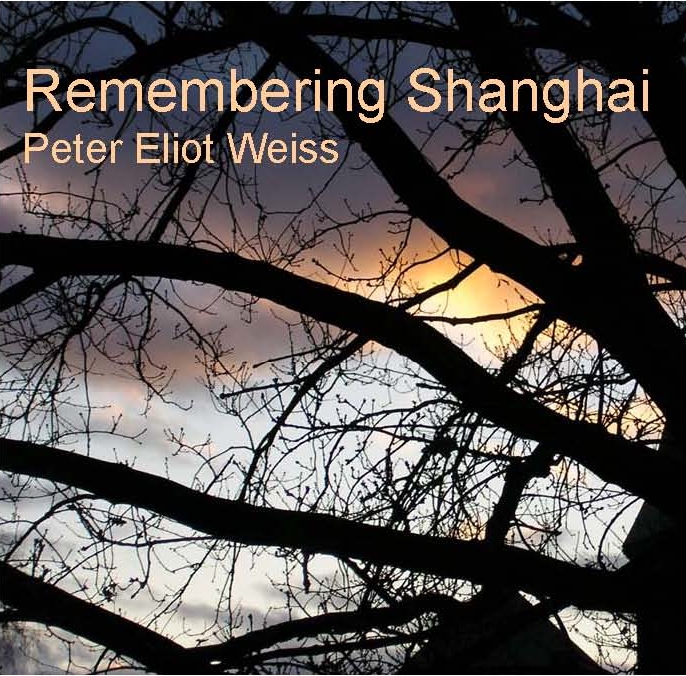
Remembering Shanghai
A one-act inspired by Noel Coward's Private Lives. In this case, the lovers reunite in a palliative care ward and relive their romance.
"A gorgeous way to come out...a remarkable use of language and dramatic form, unparalleled honesty of emotion..."
- Barbara Crook, The Vancouver Sun
The cast comprises
2 male roles
A single setting.
The script was published by Borealis Press in 1995 in Plague of the Gorgeous and Other Tales.
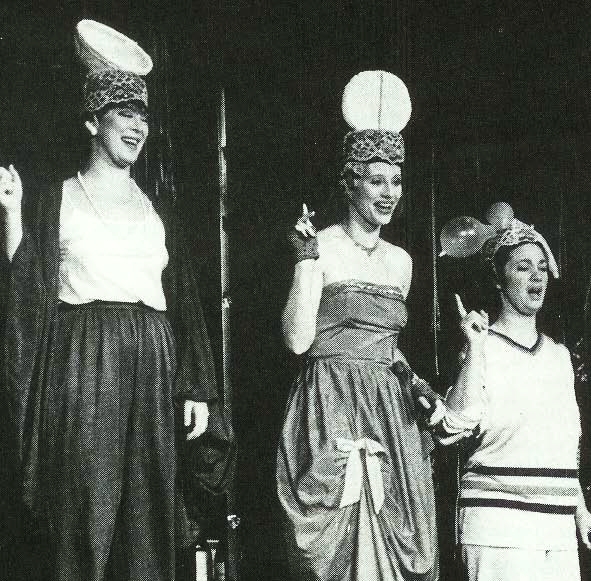
Sex Tips for Modern Girls
Collectively created with, Kim Seary, Hilary Strang, Christine Willes, Edward Astley and Susan Astley. Songs by John Sereda.
A play with songs. Three women recount their diverse and often hilarious sexual experiences.
"It's articulate and witty and so full of zingers that Friday's opening night audience at the Firehall Theatre had trouble suppressing their laughter for fear of missing the next bombshell."
- Lloyd Dykk, The Vancouver Sun
Sex Tips for Modern Girls was first produced by Touchstone Theatre at the Firehall Theatre, Vancouver, BC on 8 February 1985. It was directed by Susan Astley, with set and costumes designed by Pearl Belleson. Lighting was designed by Don Oxley.
Winner of three Jessie Richardson Awards, including Outstanding Original Musical.
Cast comprises:
3 female roles
1 male role
Usually, a pianist as well.
The script was published in The Canadian Theatre Review, Vol. 49, Winter, 1986.
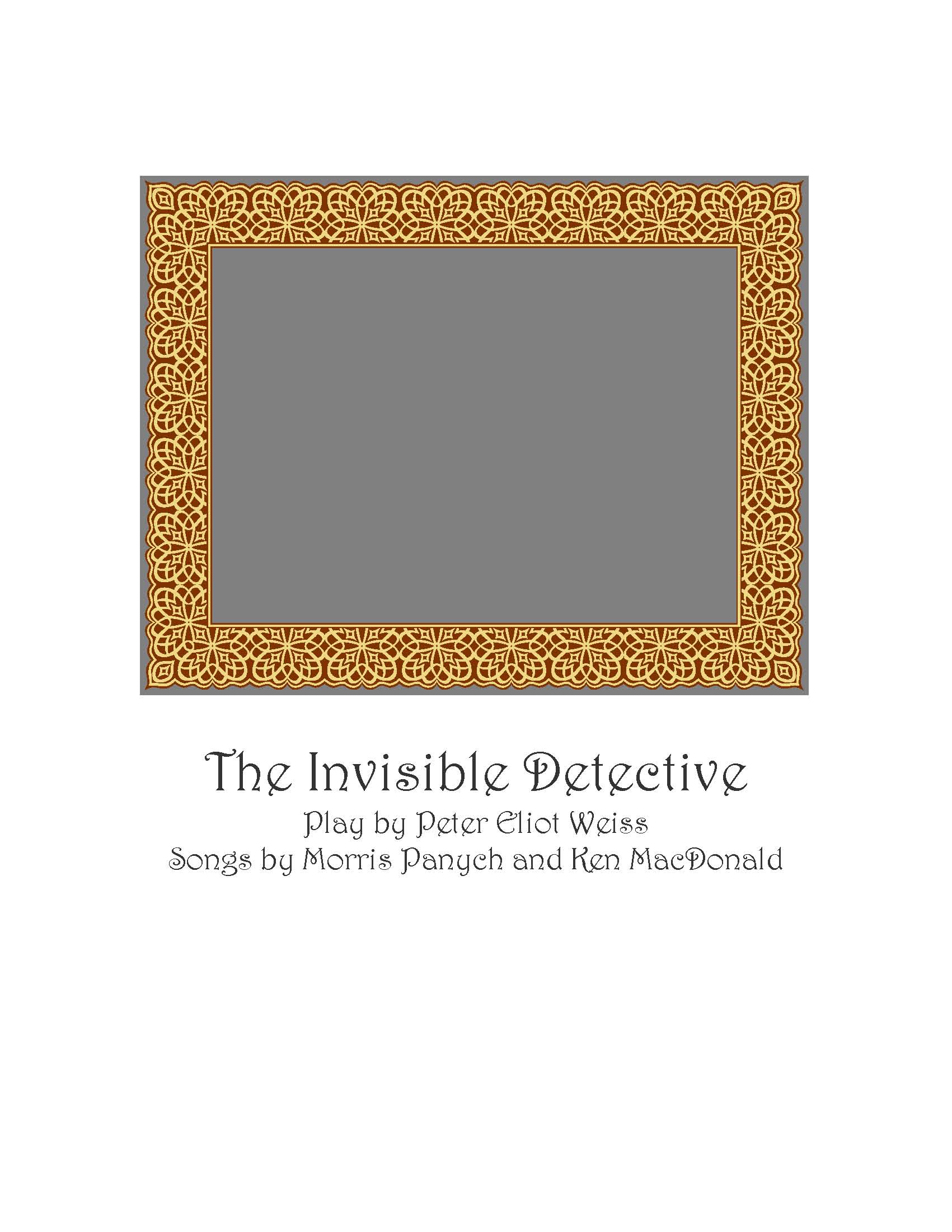
The Invisible Detective
With songs by Morris Panych and Ken MacDonald.
An historical fantasy based on events leading to World War I and on the development of detective literature at the time. The great detective attempts to track down his nemesis and prevent World War I.
"If the songs in The Invisible Detective were people, I'd ask them out on dates. If this show were a person, I'd kiss it on the face [...] The Invisible Detective is one shows that revives the joy of going to the theatre..."
- Colin Thomas, Georgia Straight
The Invisible Detective was first produced by Touchstone Theatre, in Vancouver. It was directed by Kathleen Weiss, with a set designed by Ken MacDonald, costumes by Nancy Tait and lighting by Gerald King. The script was developed with the assistance of the original cast as well as Patti Allan, Babs Chula and John Moffat.
The comprises
6 male roles
2 female roles
It is intended to be performed by 3 men and 1 woman.
There are multiple, quickly changing settings.
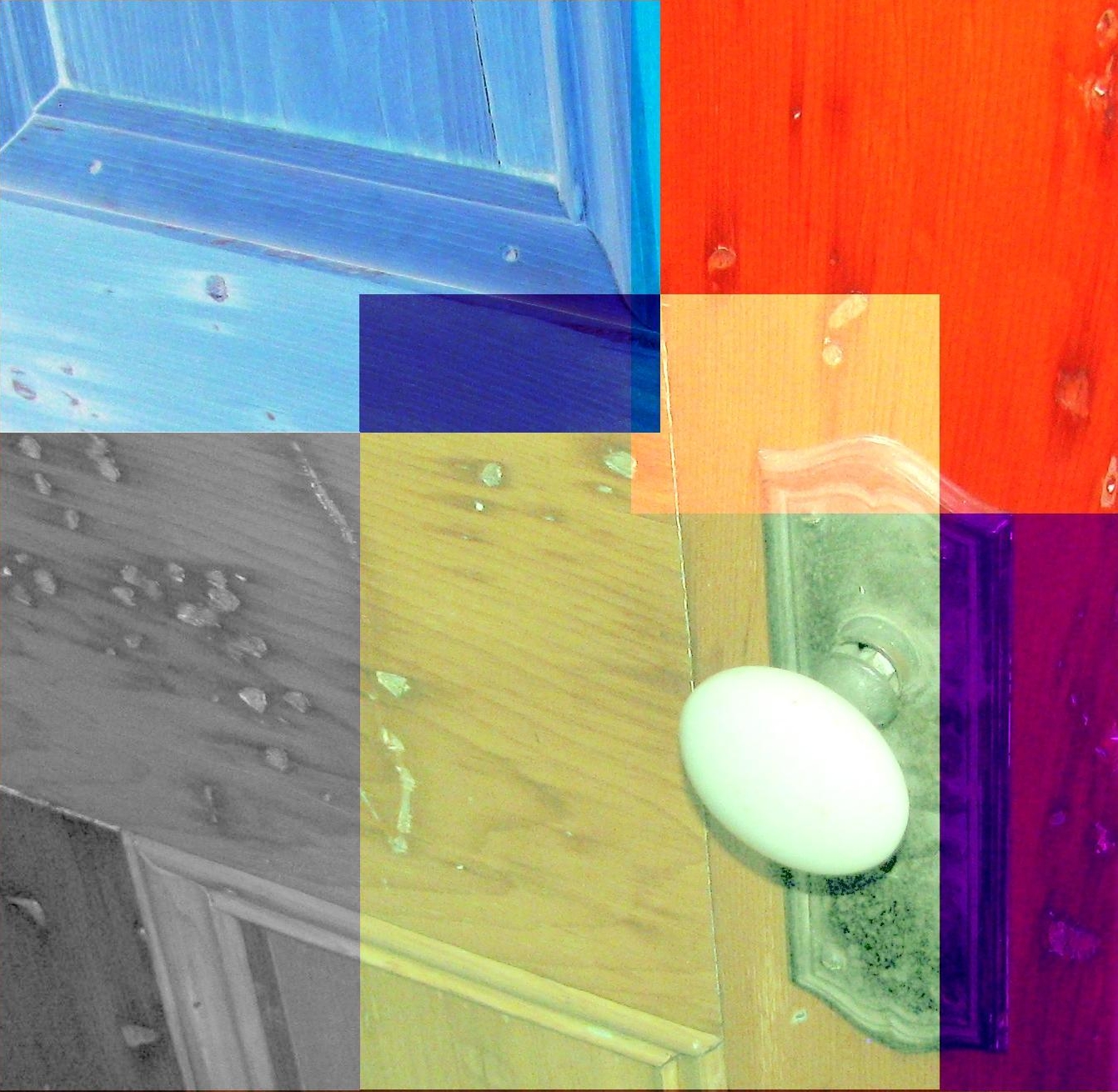
Hall of Mirrors
Hall of Mirrors: A Hallway, Ten Bedrooms and a Finale
It was commissioned and produced by Capilano College, North Vancouver, where it opened in March, 1991. It was directed by Dawn Moore with a set design by Bill Murdoch. Lighting was by Wendy Timbrell and Michael Hylands.
Hall of Mirrors was the final stage in a project begun in 1988 by Dorothy Janzen. About forty first year, first term students wrote journals on which a play was going to be based. They were completely informed prior to agreeing to take part in the project and each signed a release for their material. The identities of those whose journals were used remain confidential. One scene was based on my own first year university journal.
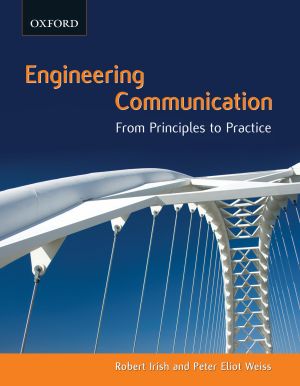
Engineering Communications - From Principles To Practice
Engineering Communication is a core text that teaches engineers how to write and communicate effectively and professionally. Expertly designed to address the specific needs of engineering students, the text provides an understanding of how rhetorical and linguistic concepts can help solve everyday problems in writing and speaking in the workplace. In addition to the standard skill of grammatical writing, the book teaches students how to write with precision and objectivity as well as how to assess and adjust for specific audiences. Theory and practice are bridged through a series of principles (rather than steadfast rules) intended to help students examine, question, and refine their communication skills. This is a text written for engineers by engineering communication professionals.
